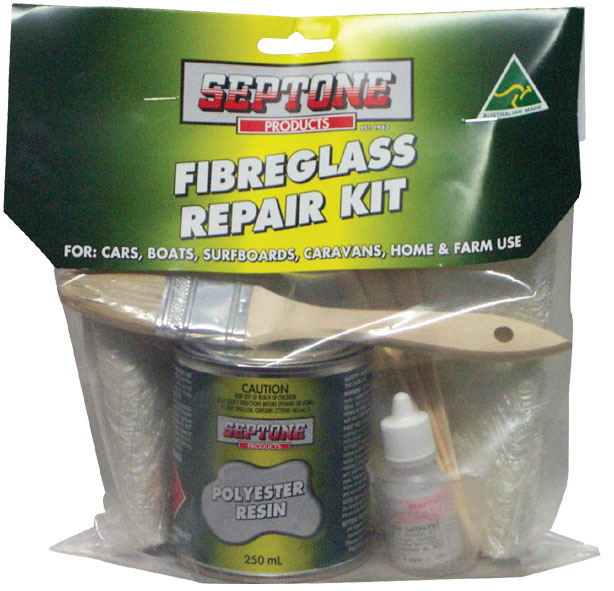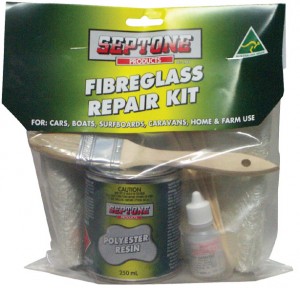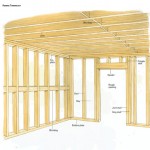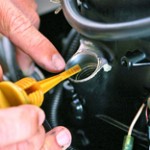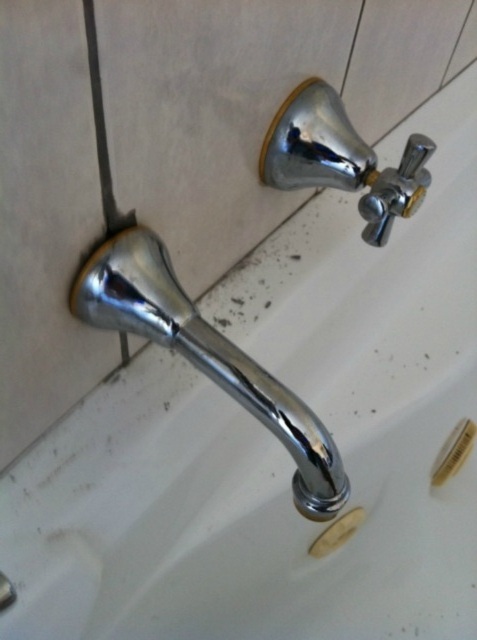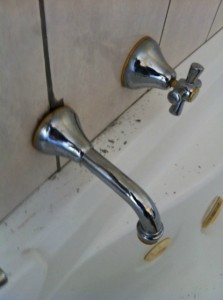The electric drill was probably one of the handiest items ever invented to help the do-it-yourself. But many handymen still have trouble with accurate 90 deg. or angle drilling and tricky jobs like drilling round stock or edge sanding. The fact is, few of us are gifted with the steady hands and precision judgement these jobs demand.
One way to drill dowel holes accurately is by fitting your drill to a drill stand, a large, lever operated attachment, which feeds the bit into the work accurately.
Another useful attachment is a portable drill guide, which fits a variety of electric drills, and does not tie you down to the work bench to use it.
A precision drill guide consists of a circular base cast in a material such as aluminium, with two vertical guides. These guides can slide beyond the base or they can be locked in place Depth and direction of drilling can also be controlled.
To attach a drill guide to your electric drill, you must first remove the chuck. Check with your owner’s manual for removing the chuck from your brand of drill.
Attaching the drill guide.
The guide usually includes an adaptor spindle to hold the attachment. The adaptor is fitted first then the guide is fitted on and secured in position, The most common jobs you would need the guide for would be 90 degree and angle drilling, drilling into round stock and edge drilling. By changing the bits on your drill, you can change the function of the tool to jobs like routing, sanding, shaping, hole sawing etc.
Drilling 90 deg. Angles.
Ensure the drill guide base is flush with the part to be drilled. To drill several holes all to precise depth, first rest the drill on a surface flush with the base, measure between the adapter and locking device on the drill guide and this will give you the depth to be drilled. The lock will control the depth of drilling each time. The same method can be used with a countersink bit in the drill. Test first on a scrap piece of timber.
Drilling holes.
Use a hole saw attachment in the drill guide for accurate hole drilling, say when fitting a new door lock. When cutting holes up to 21/4 inches diameter, use clamps for greater stability. On painted or fragile surfaces, stretch masking or electrical tape around the outer ring of the drill guide before starting work.
Drilling angles.
To drill several holes at precisely the same angles, extend the two guide rods beyond the base of the attachment. When drilling at an angle, the drill bit will tend to “walk” away from the point to be drilled. To overcome this, first drill a shallow pilot hole at 90 degrees or start an angled hole very slowly at first.
Edge drilling.
Useful for installing door locks, dowelling and stud drilling and other tricky edge work. Extend the drill guide’s two rods beyond the base and place the base flat on the edge of the part to be drilled, Tighten the guide rods against the sides of the part so the drill touches the edge of the part in the centre.
Drilling round stock is a similar procedure but you will need to use the depth stop on the attachment if drilling through a single wall of a pipe only. Small round work can be placed on a V-shaped support block for 90 deg drilling.
Work bench mounting.
With the guide mounted under the bench, the tool can then be used as a router or shaper, edge sander or hand held sander, with the use of various drill bits.
Materials you’ll need:
- Drill owner’s manual
- Safety glasses
- Scrap timber
- Masking or electrical tape
- Fiat head bolts
Tools you’ll need:
- Electric drill
- Drill guide attachment
- Drill bits
- Straight edge





